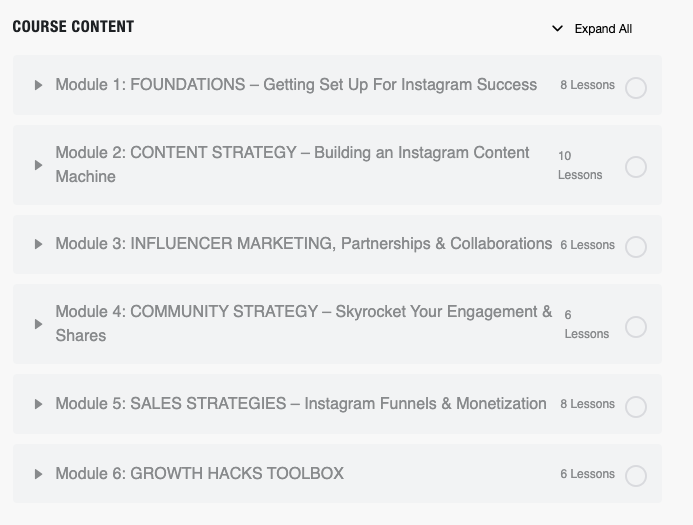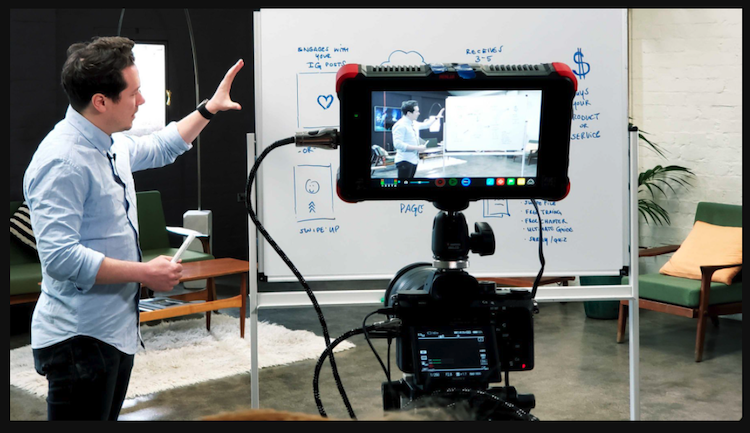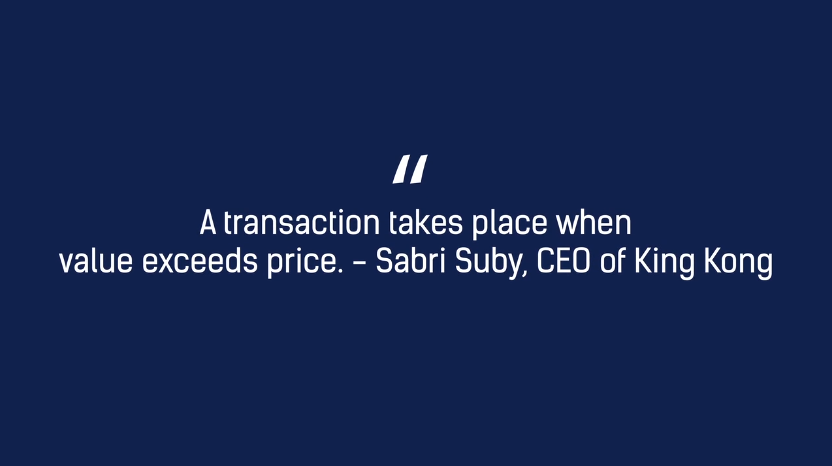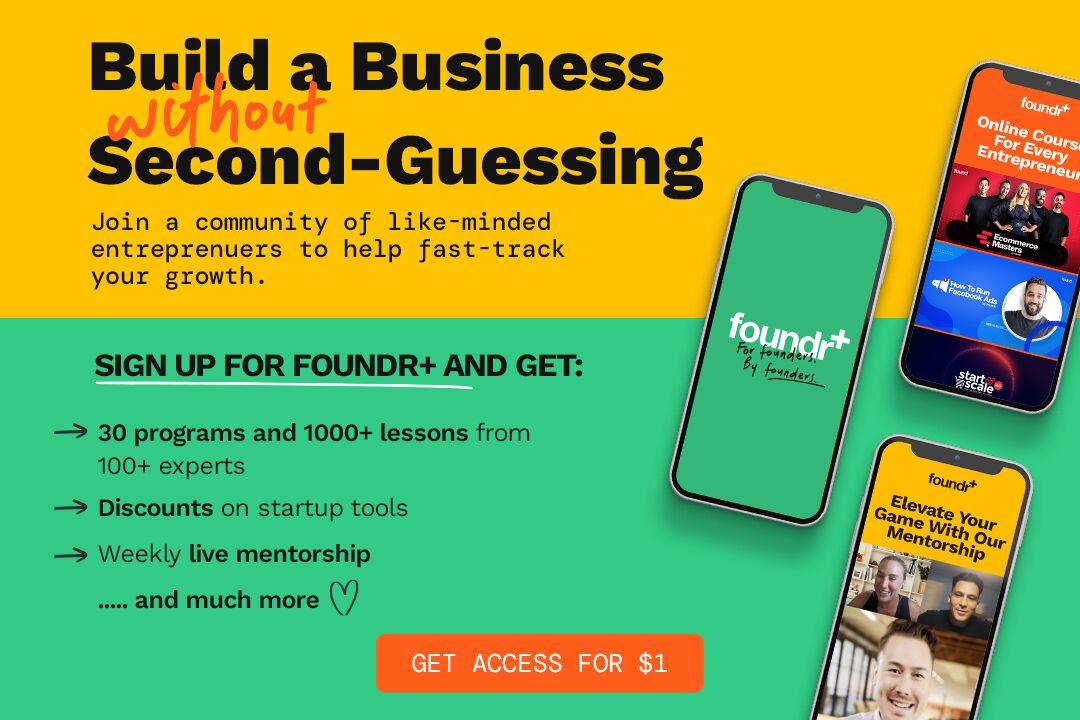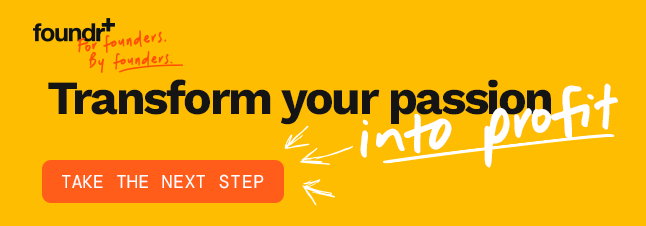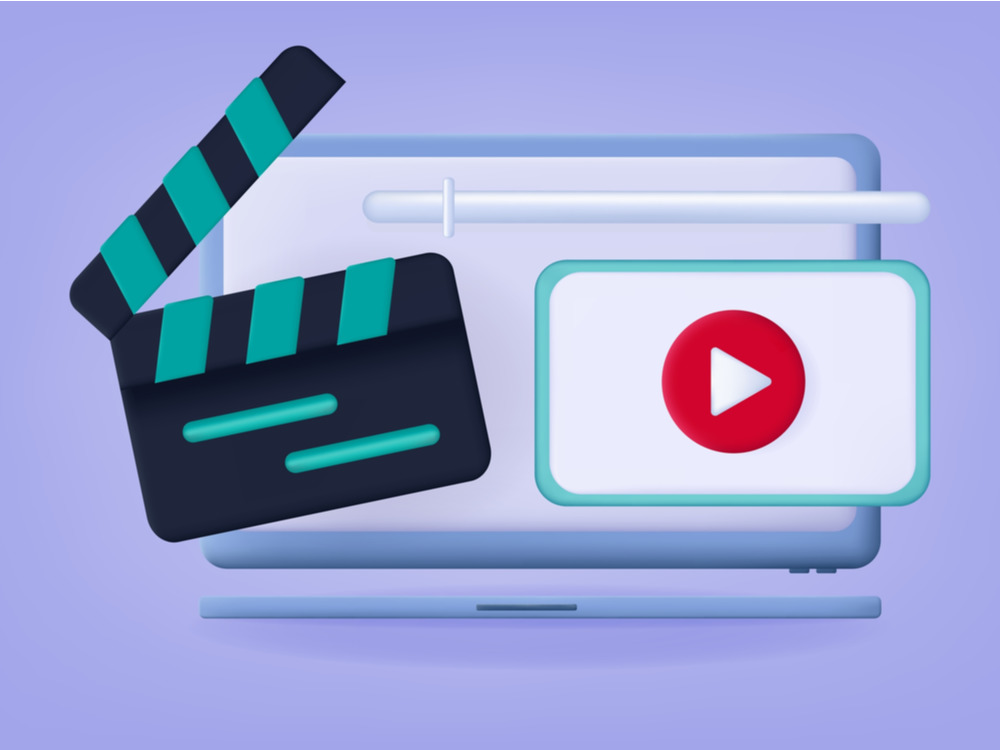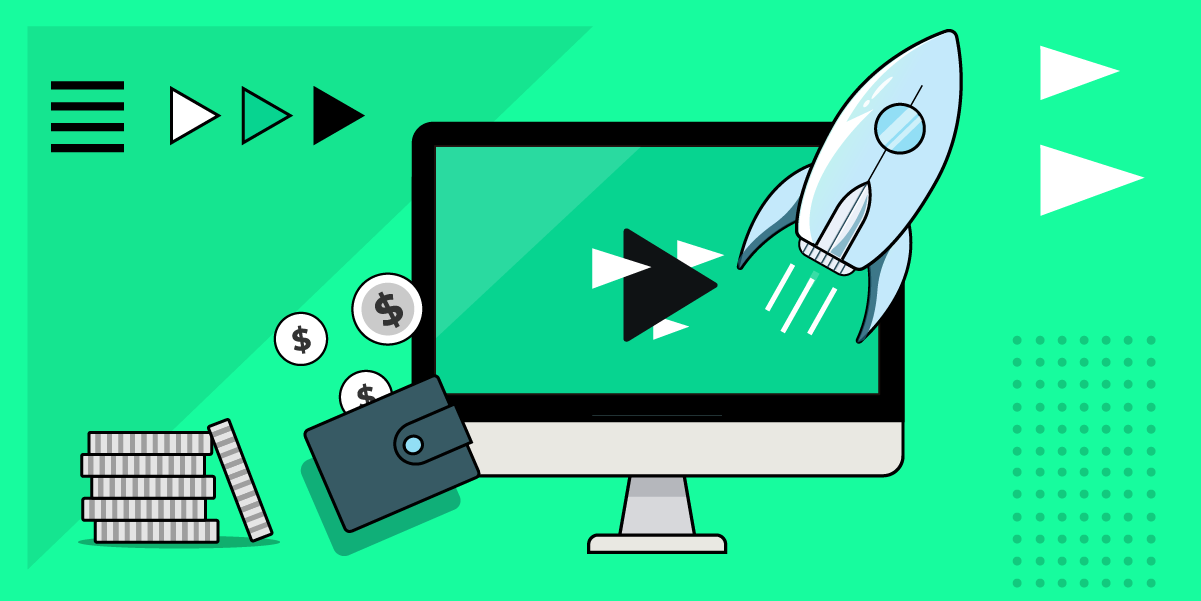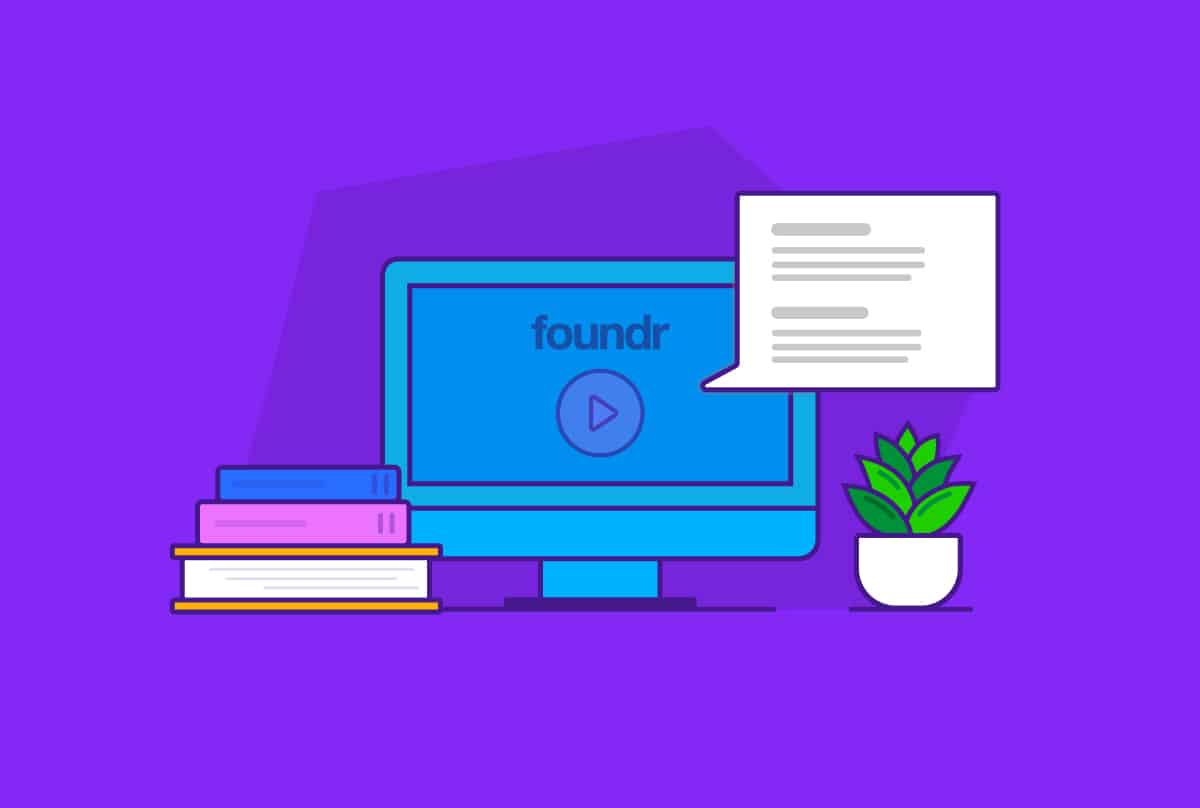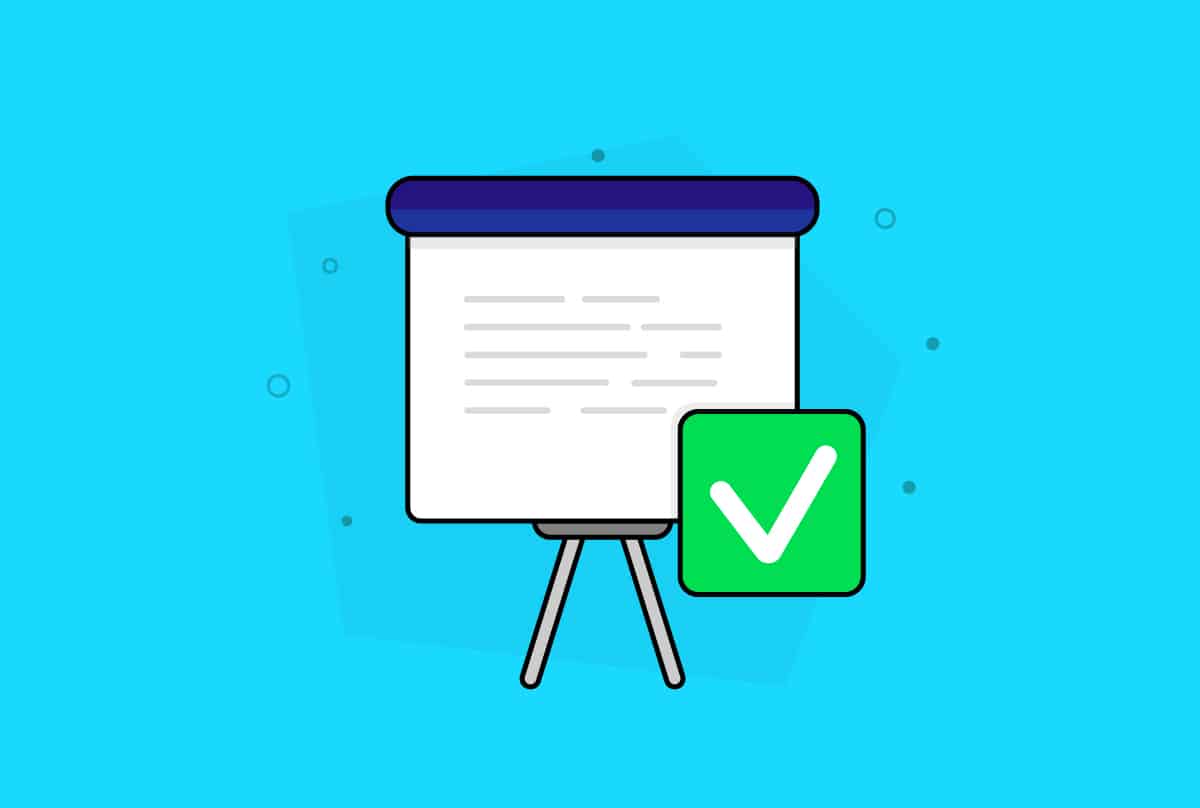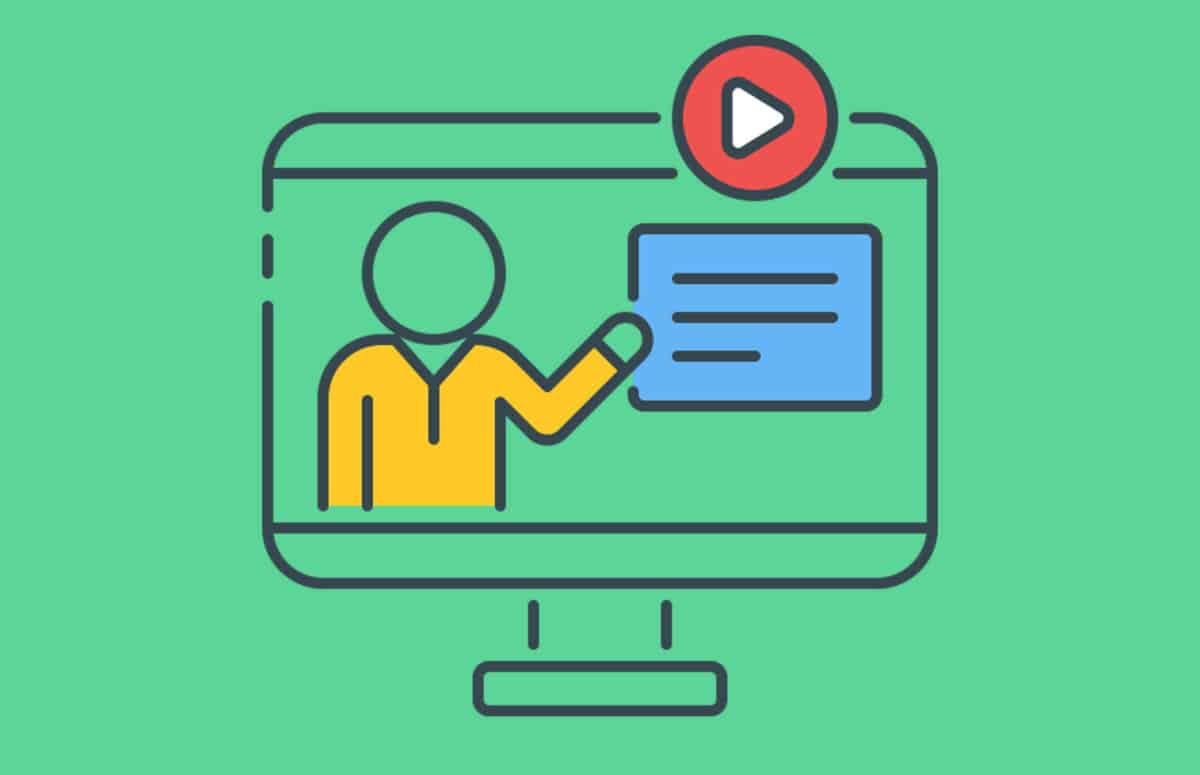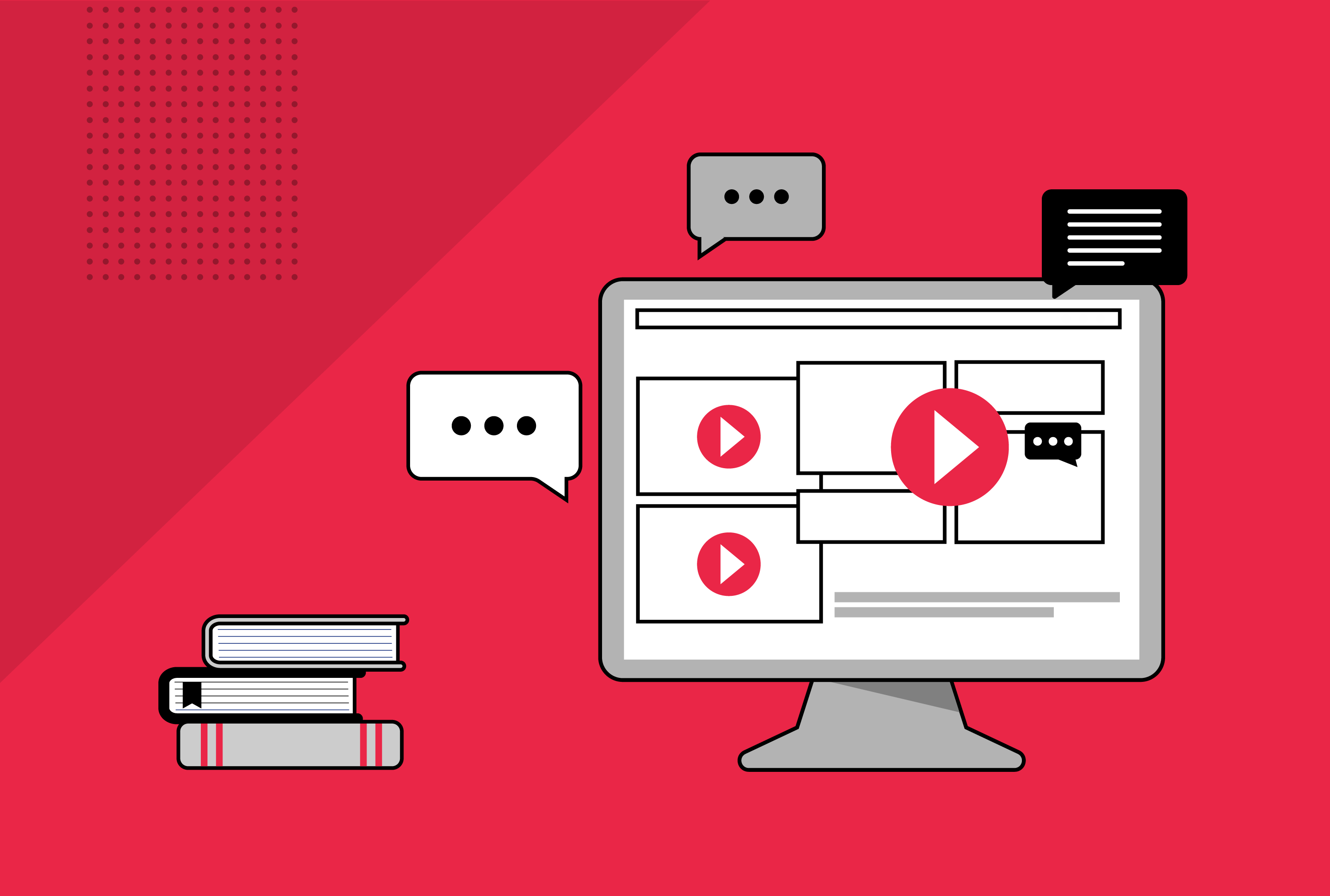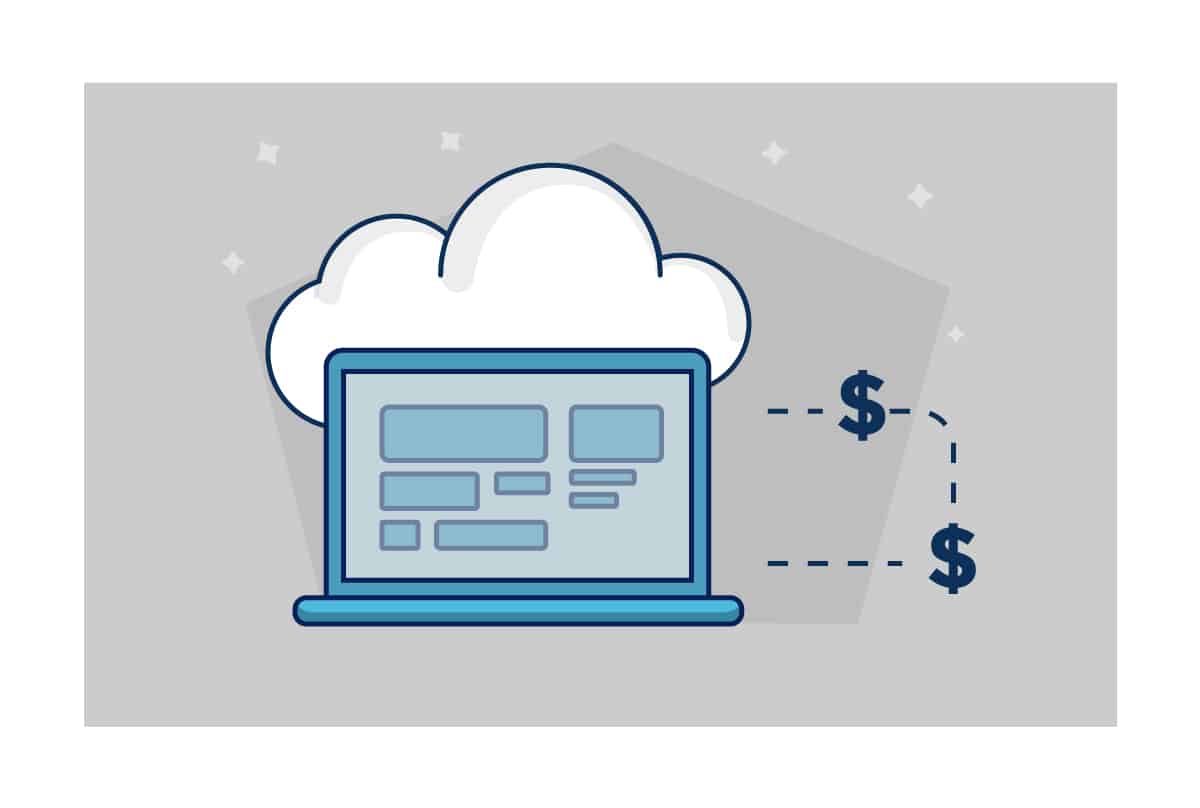Creating an online course is easier than ever—and that’s not hyperbole.
Thanks to the advent of new course platforms and user-friendly technology, you can develop a brand-new online course in less time than it takes to get through your email inbox.
OK, that’s hyperbole.
Still, with a little know-how and the proper guidance, online course creation can be a realistic goal.
We speak from experience. We’ve been there, done that.
Years ago, we hit it big on Instagram when we bootstrapped a new profile from nothing to 2.3+ million followers. We built our Instagram Domination course to show everyone how we did it, and it was a huge hit. Since then, we’ve made quite a few more courses—and they’ve proven to be magic for our community.
Now, we’re sharing everything we’ve learned in our course-making careers. This guide will walk you through the benefits of creating an online course, step-by-step processes to getting set up, and helpful tools and resources to accelerate your course to success.
Table of Contents
5. Find Your First Batch of Students
How to Create an Online Course
1. Identify the Opportunity
Creating an online class is just like starting a startup. You must first find the right opportunity. And how do you find the right opportunity? By discovering and defining the problem.
The key to creating a successful online course is identifying exactly what outcome your audience is looking for—what problem are they trying to solve? Do they want to learn Python to become a developer and advance their career, or do they want to know the latest SEO marketing tactics so they can drive more organic traffic to their website?
Knowledge is power. People want to use that power to transform themselves by learning something new. The goal of your online course is to help guide them through that transformation process.
However, finding the problem your audience needs to solve is easier said than done. It’ll take time and a bit of research, but you must find the right opportunity before you rush off to build something that you hope someone needs.
How to Identify Opportunities
Here are a few ways to spot opportunities:
- Send a survey: If you have an email list, send a survey to your subscribers to see what they’re struggling with or what they’d like to learn.
- Ask your social followers: Throw up a post or survey on your social media channels to see what your followers want or need.
- Search intent: Open your search browser and start typing, research on Google Trends, or use a free SEO tool to see what topics people are searching for.
- Visit Quora: Use forum sites like Quora, Reddit, and Stack Overflow to see what your audience is talking about. Is there a question that’s getting a lot of attention? Do you notice any themes or trends around questions? Are there any specific questions that people keep asking?
Our community confirmed the idea behind our Instagram Domination course pretty quickly. After seeing initial success growing our account on the platform, we did a quick blog post to show our progress.
That post went viral.
The post was shared repeatedly, and we started receiving dozens of emails every day asking us to go more in-depth. People asked Nathan Chan (our founder and CEO) whether or not he would do one-on-one consultations with them—everyone wanted to replicate the same success we had achieved.
From their questions, we learned that people wanted more than just followers. They wanted to know how to monetize their accounts, gain faithful followers, and use Instagram to build their brands. All things that we were already doing, and all things that we could teach in an exclusive online course.
2. Validate Your Course
Once you have your grand course idea, it’s time to validate it. Don’t skip to the next step and start outlining and building your course until you do a thorough smoke test.
While you might have a great idea, it doesn’t mean it’ll translate into a great course. You don’t want to waste hours of time and energy on something people ultimately don’t want.
Remember, you’re looking for paying customers. Think about all of those unread books sitting on people’s desks and annual gym memberships that never get used. Those aren’t the kind of iffy customers you want validating your idea.
However, it’s difficult to validate an idea when people “are interested,” but it’s easy to gather data when you force customers to put their money where their mouth is. That’s where a smoke test comes in handy.
Bring Out the Smoke Test
A smoke test is when you start selling your online course before it’s even completed. You do this by setting up a landing page and driving traffic to see if anyone will actually click the big “buy now” button.
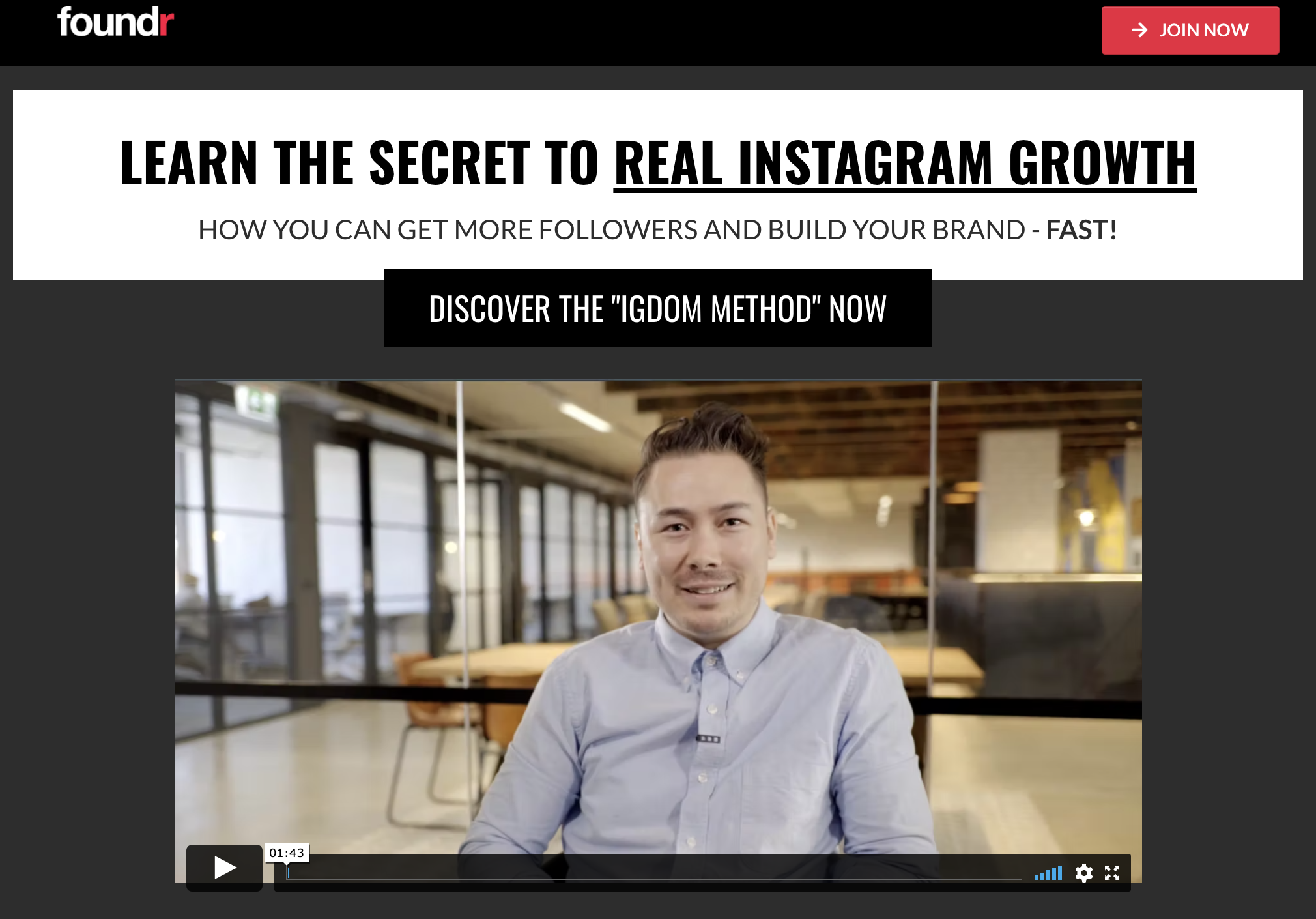
Go and find your potential students online to see if they’ll take action when they visit your course. Blast your email list, comment on forums, and post your landing page on social media.
This whole process should take you a few days at most—a couple of hours to set up a landing page and maybe two or three days to get it out there. Once you’re done, all you need to do is check the data.
What you’re looking for is how many people clicked through and tried to purchase your online course. Set a target number for your click-through rate. If your smoke test meets or exceeds the target rate, then congratulations—you’ve successfully validated your idea. if it hasn’t, it’s time to go back to the idea drawing board.
3. Outline Your Course
Creating your outline is the trickiest part of creating an online course. This is where you decide all the information you will share (and not share) with your audience.
The internet is a big world full of questions and answers. Unless you’re teaching something exceptionally revolutionary, chances are your content exists in one form or another somewhere on the internet. But people aren’t necessarily paying for the information—they’re paying to be transformed.
Your course’s value comes from its ability to guide them from Point A to Point B—from where they are now to where they want to be.
The easiest way to set up a great course plan is to start repurposing your pre-existing content. Trying to create entirely new content from scratch can be a colossal waste of time, and the effort involved might not be worth the payoff.
Look at your existing blog posts, articles, social media posts, guides, whitepapers, and webinars. Take your best-performing content and make it digestible in an online course format.
Don’t dig too deep into the weeds just yet, though. Remember, this is the outlining step. Gather the barebones structure of your course and organize it in the most consumable format.
Break down your information into sections or modules. Completing a module means that your student has successfully learned a new skill or aspect of your topic.
Your course structure should be designed to help your students achieve natural progression. They should learn the building blocks to go from a novice to an expert.
4. Create Your Online Course
Once you’ve filled in the blanks of your outline, it’s time to get to work creating the course. Whether you decide to make your course video, audio, or written (or a mix of everything) is up to you—just make sure it makes sense for your audience.
Craft the content and perfect your delivery. Add interactive elements like quizzes, assignments, and to-dos to keep your audience engaged.
Test your content on friends and colleagues along the way to ensure you’re heading in the right direction. You do not want this to turn out like your high school biology class.
Select Your Course Platform
Along with building the course, you’ll need to select a course platform to host your valuable content. Sure, you can upload your entire course to YouTube, but anyone can do that. Using a course-specific platform will make your course more professional and user-friendly for students. Here are the platforms we recommend:
Read this article for more info on choosing the best platform for your course.
5. Find Your First Batch of Students
Speaking of testing, you’ll want to find your first batch of students as early as possible. This beta test group will try out your course and give you candid feedback so you can make edits before launching to the general public.
Your first batch of students are your future case studies, your success stories, and the future ambassadors of your brand. Through them, you’ll be working out what does and doesn’t work with your course, and they’ll give you invaluable feedback on how to move forward.
Any well-designed course must be dedicated to helping your students through their own transformation process. Remember, they can find information anywhere else for free—they’re paying you to take them from Point A to Point B.
To stress-test your course, you can simply give the course out for free to your first-time students and allow them one-on-one interaction with the instructor. For example, you could release lessons and then host a Q&A session to drill deep and figure out pain points. If you addressed them in the course, great. If you didn’t, you might need to revise and update the course before launching.

6. Launch Your Online Course
It’s time for launch! But before that, you must do your due diligence to set the stage for success.
Your online course won’t do you (or your students) much good if they can’t find it. Any successful course needs a strong marketing plan to back it up.
Prepare your promotional content in advance for launch day and beyond. Here’s what that could look like:
- Blog post announcement
- Email campaign
- Social campaign
- Social ads
- Podcast interviews
- YouTube promotions
- Influencer marketing
- Affiliate programs
And the list goes on and on. Read this article for our ultimate content marketing guide. Like with the success of most products, your adoption and acceleration will largely depend on the initial launch phase. Get this right, and you’ll set your course up for long-term success.
Social Media Tips for Launch
For social media, here are tips we suggest to follow for marketing:
- Format & styles: Pull quotes, behind-the-scenes, images of you teaching, etc.
- Link in bio: Always give people a way to click through to your sales page.
- Long post copy: Long-form Instagram captions, storytelling posts for Facebook/LinkedIn, etc.
- Keep it consistent: Think about the content your audience is used to seeing from you and mimic that format so that it fits naturally.
- Natural tone of voice: Harness the brand voice you always use on your channels.
- Share a sneak peek: Behind-the-scenes photos from filming.
- Repurpose: Get as much mileage out of your graphics and images as you can.
- Don’t be afraid to be controversial/generate buzz: Instead of simply announcing a new course, stir up some healthy debate as to why your approach is different/better than others.
6-Email Sequence for Course Launch
Here’s an email launch sequence that we use for all our courses:
- Day 1: Introduce pain point/problem; tease the course
- Day 2: Course is now open (tell the story of why you created it)
- Day 3: Content email with social proof woven in
- Day 4: Objection handling/answer FAQs
- Day 5: “The Close” – Infuse scarcity tactics & FOMO (e.g. 12 hours left!)
- Day 5 (PM): More scarcity & FOMO (e.g. 2 hours left!)
7. Build Your Community
Launching your course is just the first step in your students’ transformation. Now, it’s time to mentor them through the journey.
That means hosting Q&As, responding to assignments, answering emails, and engaging with your students. It also means revisiting your course material periodically to update and revise outdated lessons and add new applicable content.
One of the easiest ways you can become obsolete is if your course is no longer relevant. A 3-year-old Instagram course isn’t going to teach about the latest and greatest updates—it needs to be frequently updated to stay relevant.
Another problem you’ll need to overcome is course completion. Across the board, online courses have pretty dismal rates for course completion, with some posting numbers as low as 4%. We’ve seen rates as high as 60% for some of our courses, but finding the magic formula to reduce churn isn’t easy.
Keep Students Engaged
When creating an online course, most instructors forget that online learning is almost entirely self-sufficient. It isn’t like school, where you have a teacher or parent constantly telling you to do the work.
The key is to make sure your student stays motivated throughout the whole experience.
You do this by making sure your students are achieving actual results—big or small. They need to see the transformation for themselves, or they’re going to fall off the bandwagon.
Remember the kid in math class who asked the teacher, “When am I ever going to use imaginary numbers?” If the teacher didn’t have a solid answer to back it up, that lad was probably done with math—maybe forever.
Keep your students engaged with worksheets, action items, and additional tools and resources. Don’t just throw information at them—give them things to do with that information. For example, here’s what we include at the end of each lesson.
8. Sell Your Online Course
While you may want to make your course as accessible as possible, it’s actually in your best interest (and your students’ best interests) to charge for the education.
There is a direct correlation between how much you charge for your course and the engagement level of your students.
We offer 99% free content across our website and 1% paid content, and we have found that those who put down money for a course are more likely to finish it—regardless of the quality of the content.
Data gathered by Teachable found that in paid courses, 36% of students on average completed the course. In free courses, only 9% on average would see it through to the end.
A quirk of human psychology is that when you make your content free or cheap, people are less likely to trust it and have low expectations for results. If you increase the price, people inherently feel that they’re getting more value.
Once people purchase your course, they immediately feel compelled to see a return on their investment. No one wants to feel like they’re spending hundreds of dollars on something they’ll never use.
Pricing Considerations
- Length of Course
- “Profitability” of Topic (will students make money from applying your lessons?)
- Perceived Value
- Bonuses / Total Value of Your Offer
- 1-on-1 Guidance / Coaching
- Feedback / Review of Students’ Work
- Private Facebook Group
- Difficulty Level of Skill Being Taught
- Exclusivity of Content
- Limited “Seats” / Scarcity
- Your Advertising Budget
- Unit Economics
- Size of Your Audience / List
(e.g. maybe you’re better suited for selling 20 units @ $1,000 instead of 1,000 units @ $20)
Why Create an Online Course?
Now you know how to create an online course, but one big question remains.
Why?
After all, how easy it is to make an online course is a double-edged sword. On the one hand, it’s easier for you to do so, but on the other, it also means that the competition has risen as well.
Is building an online course worth the time and money?
Our research and experience say: yes.
According to Global Market Insights, the online education market is expected to grow 20% each year in an industry that is already valued at over $315 billion.
People are seeking online courses as a viable option for other education streams. But it’s not just traditional education that’s moved digitally. Everything from dog training to TikTok content creation can be conveyed through an online course.
The future of education isn’t in a traditional classroom—it’s on the desktop or mobile device you spend most of your day on already. Online courses are becoming a natural part of the modern learning experience, which means no matter your industry, an audience is ready to sign up.
Building the largest entrepreneurial education platform in the world is at the core of our mission at foundr, which is why we’re so enthusiastic about creating online courses. They’re simple, affordable, accessible, and downright effective education tools.
Now that we’ve hyped you up on online learning, let’s get into the meat and potatoes of this article: how to create your online course.
How to Create an Online Course FAQs
How do I price my online course?
Competition for online courses has drastically grown over the past five years. That means you need to price your course to showcase the content's value while not pricing out your target audience. Before you price your course, research your competitor's pricing so you don't fall too high or below them. You can also ask your current audience what they'd be willing to pay through anonymous polling or a focus group.
How long should my online course be?
Your online course should be the length required to share the necessary knowledge expected by your audience. If your advertising lines up with the delivery of the course, then you're audience will be satisfied. Value matters more than length.
How do I ensure that my course is engaging and interactive?
Treat your course like a reference guide or a textbook and supplement it with live events and access to private communities through Facebook or Discord. The more you talk with your audience and the less time you spend talking at them, the more engaging your course will be.
Make Your Online Course a Reality
And that’s all there is to it. We won’t pretend creating an online course is quick and easy, but we know it’s worth it.
Ready to make your online course come to life? We got you covered. Explore our training on foundr+ that’ll show you how to launch your own profitable online course in 2 weeks or less—meta, right? It’s been used by entrepreneurs just like yourself to launch over 100 successful online courses.

